140-66-9
| Name | 4-tert-Octylphenol |
|---|---|
| Synonyms |
Phenol, 4-(1,1,3,3-tetramethylbutyl)-
4-(tert-octyl)phenol 4-tert-octyl phenol Phenol, p- (1,1,3,3-tetramethylbutyl)- 4-(2,4,4-trimethylpentan-2-yl)phenol EINECS 205-426-2 Phenol, 4- (1,1,3,3-tetramethylbutyl)- 4-(1,1,3,3-TetraMethylbutyl)phenol p-(Tert-octyl)-Phenol p-tert-octylphenol 4-(2,4,4-Trimethyl-2-pentanyl)phenol p-(1,1,3,3-tetramethylbutyl)phenol MFCD00002368 tert-octylphenol t-octylphenol phenol, 4-tert-octyl- 4-tert-octylphenol para-tert-Octylphenol Phenol, p-(tert-octyl)- p-tert octylphenol(PTOP) |
| Description | 4-tert-Octylphenol, a endocrine-disrupting chemical, is an estrogenic drug. 4-tert-Octylphenol induces apoptosis in neuronal progenitor cells in offspring mouse brain. 4-tert-Octylphenol reduces bromodeoxyuridine (BrdU), mitotic marker Ki67, and phospho-histone H3 (p-Histone-H3), resulting in a reduction of neuronal progenitor proliferation. 4-tert-Octylphenol disrupts brain development and behavior in mice[1]. |
|---|---|
| Related Catalog | |
| Target |
Human Endogenous Metabolite |
| References |
| Density | 0.9±0.1 g/cm3 |
|---|---|
| Boiling Point | 282.3±0.0 °C at 760 mmHg |
| Melting Point | 79-82 °C(lit.) |
| Molecular Formula | C14H22O |
| Molecular Weight | 206.324 |
| Flash Point | 148.3±8.2 °C |
| Exact Mass | 206.167068 |
| PSA | 20.23000 |
| LogP | 4.93 |
| Vapour Pressure | 0.0±0.6 mmHg at 25°C |
| Index of Refraction | 1.501 |
| Storage condition | Refrigerator |
| Stability | Stable. Incompatible with strong oxidizing agents, strong bases. |
CHEMICAL IDENTIFICATION
HEALTH HAZARD DATAACUTE TOXICITY DATA
|
| Symbol |


GHS02, GHS07 |
|---|---|
| Signal Word | Danger |
| Hazard Statements | H225-H319-H336 |
| Supplemental HS | Repeated exposure may cause skin dryness or cracking. |
| Precautionary Statements | P210-P261-P305 + P351 + P338 |
| Personal Protective Equipment | Eyeshields;Faceshields;full-face respirator (US);Gloves;multi-purpose combination respirator cartridge (US) |
| Hazard Codes | Xn:Harmful; |
| Risk Phrases | R21;R38;R41 |
| Safety Phrases | S26-S36 |
| RIDADR | 2430 |
| WGK Germany | 2 |
| RTECS | SM9625000 |
| Packaging Group | III |
| Hazard Class | 8 |
| HS Code | 29071300 |
| Precursor 9 | |
|---|---|
| DownStream 10 | |
| HS Code | 2907139000 |
|---|---|
| Summary | 2907139000 3-octylphenol。Supervision conditions:None。VAT:17.0%。Tax rebate rate:9.0%。Lowest tariff:5.5%。General tariff:30.0% |

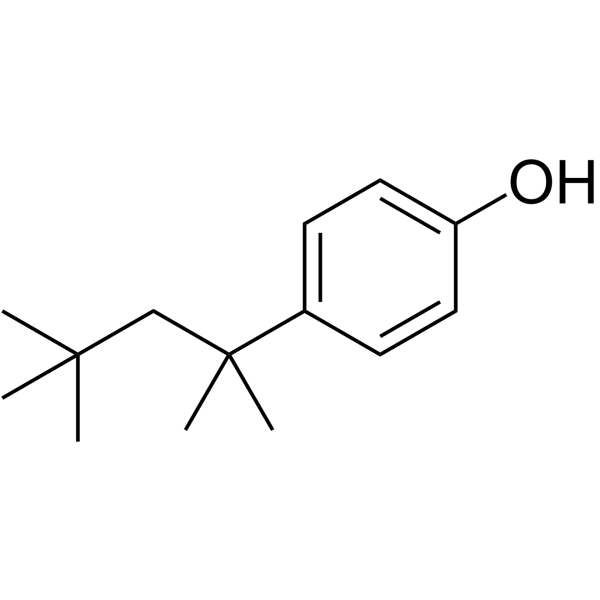
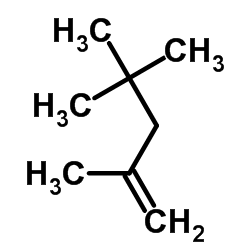
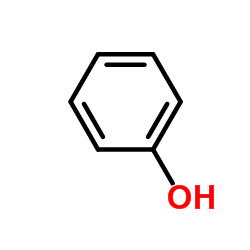


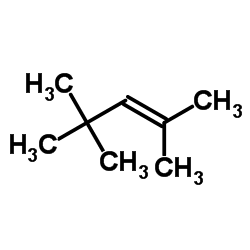

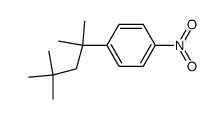
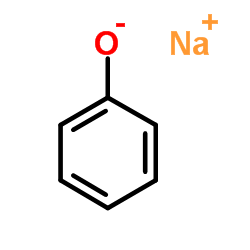
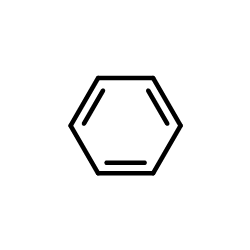
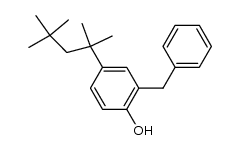
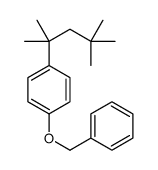
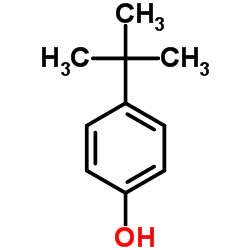
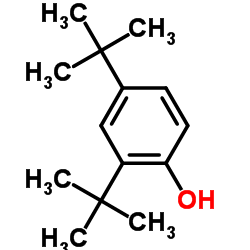
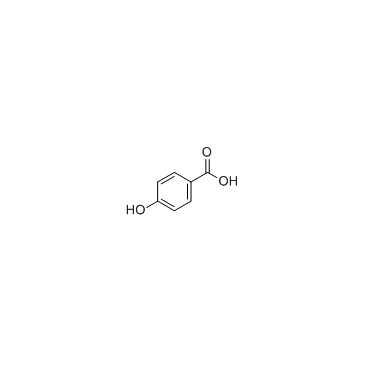
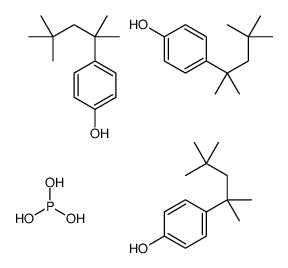
![2-[[2-hydroxy-5-(2,4,4-trimethylpentan-2-yl)phenyl]methyl]-4-(2,4,4-trimethylpentan-2-yl)phenol structure](https://www.chemsrc.com/caspic/400/27725-17-3.png)
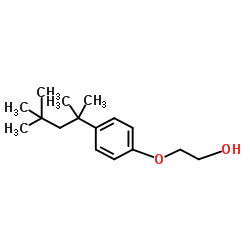
![calix[5]arene structure](https://www.chemsrc.com/caspic/044/83933-03-3.png)